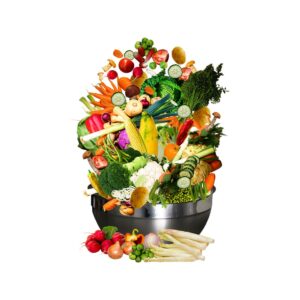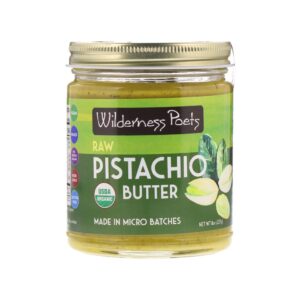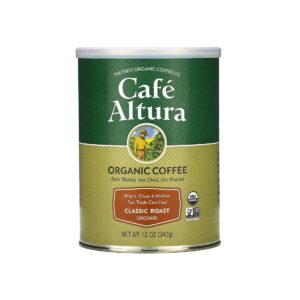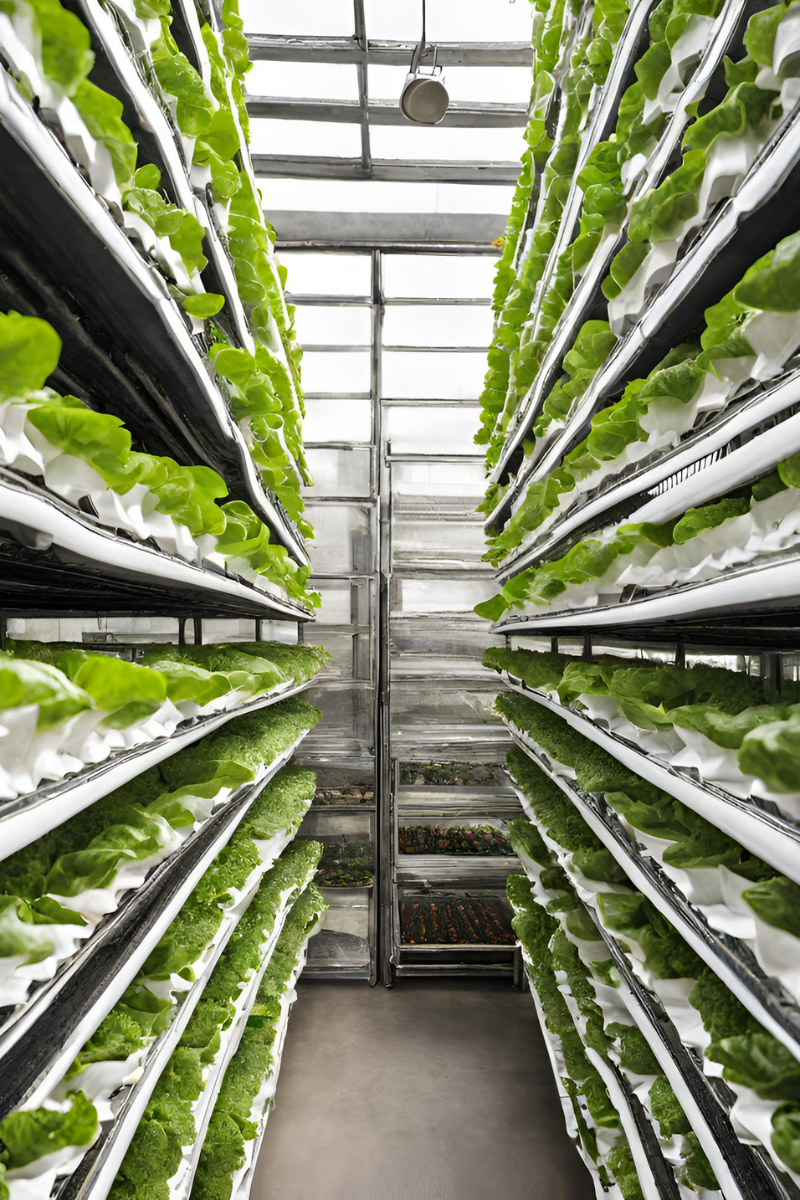
The Rise of Urban Farming: How City Dwellers are Embracing Agriculture. In recent years, there has been a significant shift in how city dwellers view and interact with agriculture. With the rise of urban farming, more and more people are finding creative ways to grow food in urban environments. This trend represents a departure from traditional farming practices and has the potential to revolutionize the way we think about food production in cities.
The Need for Urban Farming
As urban populations continue to grow, the demand for fresh, locally sourced produce has increased. However, traditional agriculture often struggles to keep up with the needs of city dwellers. The transportation of food from rural areas to urban centers contributes to pollution and greenhouse gas emissions. Additionally, the quality and freshness of produce can degrade during transit, leading to a decrease in nutritional value.
Urban farming addresses these challenges by bringing food production closer to where it is consumed. By utilizing underutilized spaces within the city, such as rooftops, vacant lots, and even vertical gardens, urban farmers are able to grow a wide variety of fruits, vegetables, and herbs right in the heart of urban environments.
Types of Urban Farming
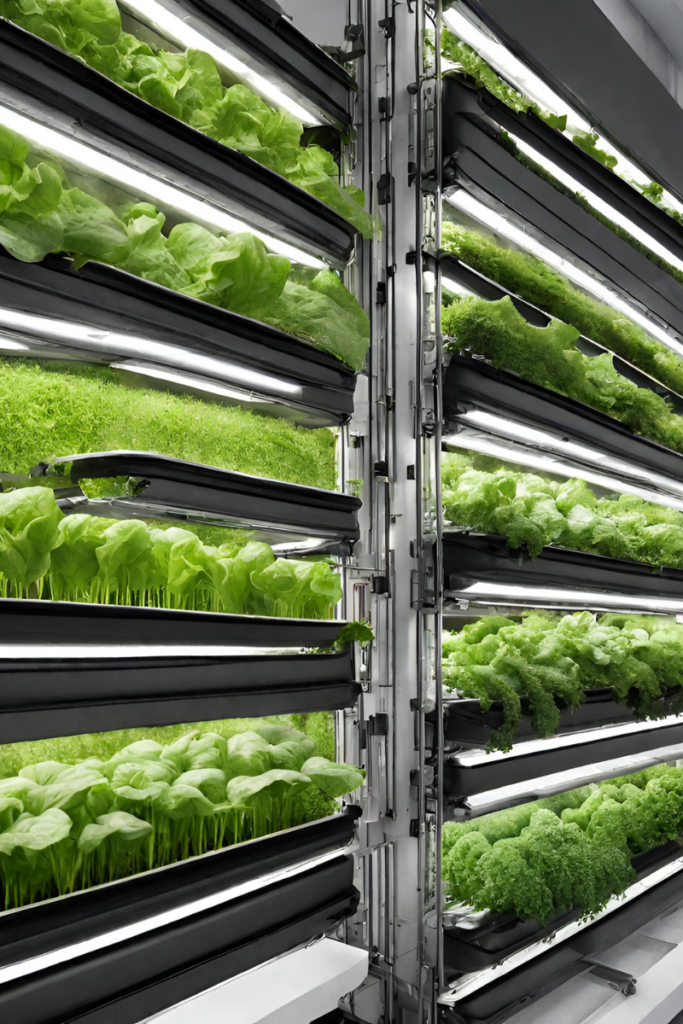 There are several types of urban farming practices that have gained popularity in recent years:
There are several types of urban farming practices that have gained popularity in recent years:-
- Rooftop Gardens: Utilizing rooftop spaces to grow food and create green spaces in urban areas.
-
- Vertical Farming: Using vertical space to grow food on stacked layers, often indoors or in controlled environments.
-
- Community Gardens: Allotting plots of land within the city for residents to grow their own produce.
-
- Hydroponics and Aquaponics: Growing plants without soil and using fish to fertilize the water, respectively, in controlled environments.
Benefits of Urban Farming
Urban farming offers a wide range of benefits for both individuals and communities:
-
- Access to fresh, locally grown produce
-
- Engagement with the natural environment and a sense of community
-
- Reduced environmental impact through decreased transportation of food
-
- Creation of green spaces within urban areas, contributing to improved air quality and aesthetics
-
- Opportunities for education and skill-building related to food production
Case Studies and Examples
There are numerous examples of successful urban farming initiatives around the world. One notable case study is that of Brooklyn Grange, a rooftop farming company based in New York City. Spanning over 5 acres, Brooklyn Grange operates the world’s largest rooftop soil farms, providing fresh produce to local markets, restaurants, and community supported agriculture programs.
In Copenhagen, Denmark, the ØsterGRO rooftop farm has transformed an unused rooftop into a thriving urban farm. This initiative not only produces fresh vegetables and herbs but also hosts educational workshops and events for the local community. The farm has become a focal point for sustainable urban living and environmental awareness in the city.
Challenges and Opportunities
Despite the many benefits of urban farming, there are also some challenges to consider. Limited space, zoning regulations, access to water, and soil quality are all factors that can affect the success of urban farming initiatives. Additionally, the economics of urban farming can be complex, as the cost of land and resources in urban areas may be prohibitive for some would-be urban farmers.
However, as urban farming continues to gain traction, there are also many opportunities for growth and innovation. Technology and sustainable farming practices can help overcome challenges related to space and resource limitations. Furthermore, increased awareness and support for urban farming from local governments and communities can create more favourable conditions for urban agriculture to thrive.
One of the challenges why vertical farmers were struggling is their business model, and increasing energy costs. Even though these Start Ups received a lot of investment over the last years, unit economics were not fovourable.
Conclusion
The rise of urban farming represents a shift in how we think about food production and consumption in cities. By embracing innovative farming practices, city dwellers are not only able to access fresh, locally grown produce but also contribute to environmental sustainability and community resilience. As urban farming continues to evolve, it has the potential to reshape the way we envision and engage with agriculture in urban environments.
With a focus on sustainability, community engagement, and creative use of space, urban farming has the power to transform our cities for the better.
Reach out here If you have a vertical farm which you would like to showcase on Farmlike
 Docs
Docs
 Support
Support

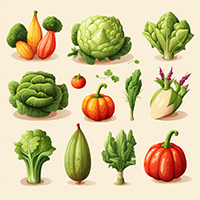


















 Home
Home  Whishlist
Whishlist  Cart
Cart 




